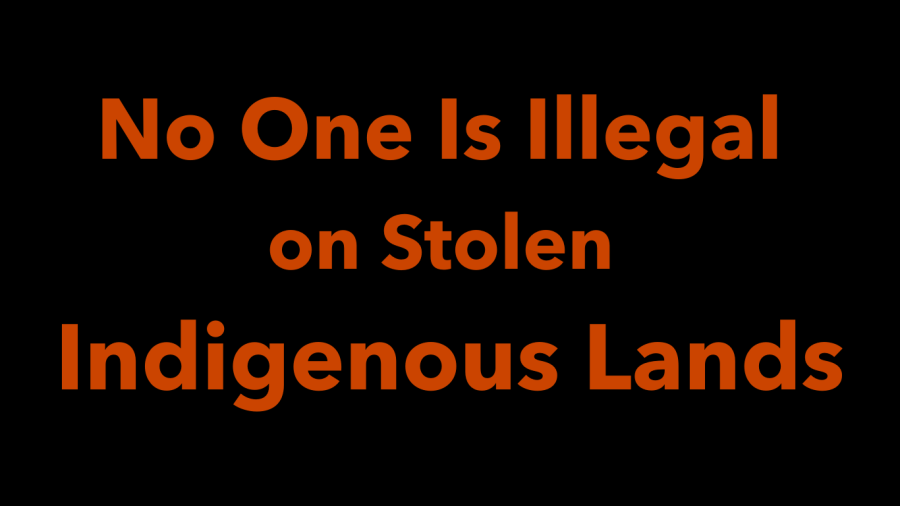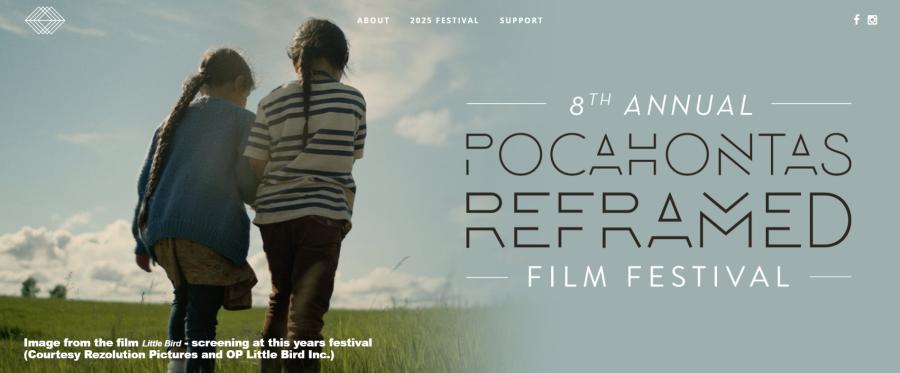The Lime Village case (Bobby v. Alaska) has often been a focal point in the subsistence debate in Alaska. The federal court's decision in this case guides the actions of the Federal Subsistence Board to this day. It is worthwhile to focus on the Lime Village case because any legal structure that cannot protect or provide adequate security for the Lime village subsistence way of life must be reexamined. The "reasonable opportunity" standard that is included in Alaska state law fails to afford a minimum level of protection. The "customary and traditional uses" standard of federal law set out in the Alaska National Interest Lands Conservation Act (ANILCA), by contrast, seems capable of providing the basic level of protection that is essential to continue the Alaska Native subsistence way of life.
Criticisms of ANILCA
Critics charge that under the ANILCA regulatory system reflected in the Lime Village case, the subsistence priority "is in place all the time," not just when there is a resource shortage that requires restrictions on sport and trophy hunting in order to assure enough for subsistence users. If the federal subsistence priority is correctly understood as requiring that customary and traditional uses of a wildlife resource must always be afforded so long as there is a harvestable surplus, regardless of whether there is also sufficient abundance to accommodate sport and commercial demands, the charge is correct. The court in the Bobby decision held that the regulation of subsistence hunting must not be "inconsistent with customary and traditional uses of the game in question. It must be clear in the record that subsistence uses will be accommodated, as regards both the quantity or volume of use and the duration of the use...The standard is customary and traditional use of game."
Critics also assert that the ANILCA scheme represented by the Lime Village case results in a chaotic, unregulated system of "no seasons and no bag limits." This criticism inaccurately suggests that the ANILCA standards preclude reasonable and responsible wildlife management. It is true, however, that in the Lime Village communal, subsistence-based socioeconomic system, closed moose and caribou seasons and individual bag limits have been ruled inappropriate -- and rightly so. But far from creating an unregulated hunting system, this determination has resulted in a cooperative game management program that produces the best subsistence harvest and related information in the state. The Lime Village case demonstrates that the ANILCA subsistence priority (at least for rural residents) has both the flexibility and the rigor to provide long-term protection for the essential components of the diverse subsistence lifeways present throughout Alaska. The case also illustrates the failure of the state's "reasonable opportunity" approach -- a theory of subsistence management that is both too nebulous and too inflexible.
The Lime Village Way of Life
Lime Village is a small, remote and isolated Dena'ina Athabascan Indian village located along the upper Stony River (a tributary of the middle Kuskokwim River) west of the Alaska Range. The village has roughly 40-50 residents at any given time, descendants of a semi-nomadic tribe who have inhabited that part of the world since time immemorial. The present village site has been occupied on a more or less permanent basis for the past 75 years. The village has no water and sewer systems; and since it continues to be without electricity, freezers are not available for food preservation. There is no village store, and thus the people must obtain food supplements and other supplies by mail, which arrives only once a week by air, weather permitting (which it often doesn't). Local transportation is by dog sled and snowmobile during the closed water season, and by small outboard motor boats during open water season. The people are cash-poor and vitally dependent upon the harvest of wild, renewable resources. Wage-paying opportunities are sporadic, at best. Fur trapping and seasonal fire fighting afford the most reliable sources of cash necessary to sustain the subsistence-based economy. Because of high transportation costs, fuel for snowmobiles and outboard motors is prohibitively expensive. Like most all other products that must be imported, the people pay some three times what an urban resident spends for fuel.
Lime Village people harvest a wide array of naturally recurring resources in a thoroughly non-wasteful manner. Because moose and caribou provide large quantities of meat and protein, they are the most important resources. They are usually present within the tribe's traditional hunting grounds and they are hunted throughout the year in conjunction with the seasonal availability of other resources. In the communal system of Lime Village, hunters generally share the tasks of harvesting, butchering, and transporting an animal. When they catch a moose or caribou, the meat is always divided among the households of the hunters involved in the hunting activities and is also shared generously with many other households and relatives. It would not be unusual for one hunter in Lime Village to catch as many as five or more moose for village use during the course of a single year. As the federal court summarized (and somewhat over-simplified), "customary and traditional uses of moose and caribou have a communal aspect at Lime Village. Simply put, the very young, the old, and the infirm of the community are provided with meat by the healthy adult members of the community who are skilled at hunting."
The individual hunting practices and goals of Western society -- the genesis of the "reasonable opportunity" standard -- contrast sharply with the dynamic tribal or communal strategies of the Lime Village hunting society. Resident sport and non-resident trophy hunters pursue game animals primarily as a recreational activity, taking time off from their jobs in the market economy to seek a meat substitute for their freezers or a trophy for their rumpus room walls. They set aside a short time period each year for their hunt (or perhaps several such periods), which they can easily plan in advance. If their hunt is unsuccessful, they do not lose economic or cultural security.
The need to hunt game animals in Lime Village and similar places, by contrast, is dictated by a broad range of cultural, social, environmental, seasonal, and economic circumstances that cannot be marked down on a calendar and planned out a year in advance. The Lime Village subsistence hunter goes hunting because hunting is his or her job. Hunting alone or in conjunction with other village hunters, the Lime Village subsistence hunter is responsible for providing food and other animal by-products for their own household, as well as other households as an integral part of a complex community-wide socioeconomic/sociocultural system. This system depends heavily on a wide variety of renewable resources that are shared and exchanged throughout the village and beyond pursuant to a customary distribution network. An unsuccessful hunt at critical times represents a loss of economic security (at the very least) for the Lime Village hunter, necessitating that the hunter or some other party return to the field until successful. (In addition to their economic and cultural value, wild foods are superior in nutritional value to commercial processed foods.) The subsistence economy of Lime Village needs maximum flexibility.
The Conflict with the State
The Alaska Board of Game was not oblivious to these facts. The Board expressly found that the "Residents of Lime Village are probably the most geographically isolated and subsistence dependent people in the state," further, Lime Village residents "have customarily harvested moose and caribou on an opportunistic basis throughout the year." The Board recognized that the previous open seasons and individual bag limits had not afforded Lime Village residents with the opportunity to "legally obtain the moose they need." For example, the fall moose season coincided with the general sport hunting season and limited an individual to one moose. Yet, despite its further findings that the moose population inhabiting the Lime Village hunting grounds was healthy and stable and the caribou population was healthy and growing, the Board still adopted closed seasons for Lime Village residents. This meant no moose hunting for approximately six months each year, no caribou hunting for over four months, and individual bag limits. The Board concluded that this liberalized regime afforded Lime Village people a "reasonable opportunity" to catch the animals they needed.
It was this incongruity between the Boards finding of reasonable opportunity and the on-the-ground realities of the Lime Village way of life that confronted the federal court which emphasized that "customary and traditional use of game" is the overriding standard that must govern. It was in this context that the court stressed that the Board "must, in the future, proceed with scrupulous care and caution in imposing seasons and bag limits on subsistence hunting." The court did not say that closed seasons and individual bag limits are impermissible per se, but rather that their legitimacy must be tested against established customs and traditions. As customs and traditions evolve (as they always do), the regulatory regime must evolve with them. Closed seasons and individual bag limits may be appropriate in other communities, particularly where customary and traditional use patterns reflect local circumstances (some species are only present at certain times of the year; freezers are available).
ANILCA's "customary and traditional" standard has both the flexibility to accommodate such diverse local circumstances and the discipline to ensure adequate breathing room for such evolving subsistence ways of life. The "reasonable opportunity" standard, on the other hand, possesses neither the necessary flexibility, nor the discipline. Its focus is on the theoretical possibility of a successful harvest by an individual hunter, not on the absolute necessity of successful harvests for communal, economic, and cultural survival.
Happily, accommodating the customs and traditions of places like Lime Village is good wildlife management as well. The rules promulgated by the Federal Subsistence Board (roughly 50% of the Lime Village hunting area consists of federal lands) were adopted at the behest of the relevant regional advisory council (whose recommendations to the Board must be accorded substantial deference), the principal mechanism selected by Congress to ensure that local rural residents have a meaningful role in the decision-making process. The federal rules provide for year-round moose and caribou seasons for the residents of Lime Village, with annual village harvest quotas of 200 caribou (cows and calves may not be taken between April 1st and August 9th) and 40 moose.
Lime Village representatives have developed a community harvest reporting system with the federal managers which produces the best subsistence harvest data in the state. This system was established by a contract between the Bureau of Land Management (BLM) and the tribal council. Under this system, village personnel provide monthly harvest reports containing an extraordinary amount of information (date of harvest, sex, relative age, animal health, and precise location of harvest), thus enabling the BLM to determine whether an animal was taken on federal, state, village corporation lands, or a Native allotment, as well as the nature of the habitat in which the animal was caught. Meanwhile, the state "reasonable opportunity" system continues to impose closed seasons and inappropriate individual bag limits, resulting in virtually no useful harvest and animal-welfare information.
New Threats to Customary and Traditional Subsistence Uses
In November 1997, Congress adopted conditional amendments to the ANILCA subsistence program which will not take effect unless the state, by the first of December 1998, has adopted (by amendment to the Alaska Constitution and State legislative enactments) a subsistence program that complies with ANILCA (as it would then be amended). One of these conditional amendments would state that the subsistence priority granted by federal law "is for a reasonable opportunity to take fish and wildlife." The term "reasonable opportunity" would be defined as "...an opportunity, consistent with customary and traditional uses...to participate in a subsistence hunt or fishery with a reasonable expectation of success, and does not mean a guarantee that fish and wildlife will be taken."
This definition of "reasonable opportunity," unlike the previous construction of the term under Alaska law, must be consistent with local customs and traditions associated with resource harvesting. If this amendment were to become effective, it may not produce a significant change in the minimum protections now afforded the subsistence way of life by federal law. Nonetheless, this change would inject a degree of uncertainty into the law and it undeniably is another move in the direction of what Mary Kancewick and Eric Smith have forcefully criticized as ANILCA's "minimalist" tendencies. Until the subsistence hunting and fishing fights of Alaska Natives are forthrightly recognized and given protection as tribal rights with concomitant fights of tribal co-management, the Native way of life will remain in jeopardy.
References
Bobby v. Alaska. 1989. 718 F. Supp. 764 (D. Alaska).
Priscilla Russell, Kari. June 1983. "Land Use and Economy of Lime Village" Technical Paper No. 80 Juneau: Alaska Dept. of Fish & Game, Division of Subsistence.
Affidavit of Priscilla Russell Kari. April 22, 1987. Filed as Plaintiffs Exhibit 3 in Bobby v. Alaska.
Title VIII. Alaska National Interest Lands Conservation Act (ANILCA). Dec. 2, 1980.
Amendment to Title VIII. Nov. 14, 1997.
Alaska Statutes, 16.05.258 and 16.05.940
Kancewick, Mary and Eric Smith. 1991. Subsistence in Alaska: Towards a Native Priority. 59 UMKC L. REV. 645.
Article copyright Cultural Survival, Inc.



